DIY Toilet Installation NZ: Step-by-Step Guide & Cost-Saving Tips

How to Install a Toilet Yourself in New Zealand? — A Practical Guide to the Complete Process
DIY home renovations are increasingly popular in New Zealand, but this seemingly simple project can be a headache for many homeowners. Leaks, shaking, and poor seals are common problems, and a single failed installation can lead to even greater losses. Local plumbers charge between $200 and $500 NZD, but with key skills, 90% of average households can safely complete the installation. This article will uncover the five most common toilet installation pitfalls for New Zealanders and provide step-by-step instructions for using materials available at NZHomeware. You can complete a watertight installation that meets NZS standards in just 3 hours, saving you a week's worth of groceries!
1. Why are New Zealand families installing their own toilets? The frustrations behind this...
High labor costs are painful. Professional plumbers often charge $200+ NZD for a visit, which is a third of the toilet's price. Many people, faced with the bill, silently pick up their wrenches.
Waiting for a worker is harder than waiting for a package. Appointments can take two weeks to get in line during peak season. Who understands the awkwardness of having an old toilet dismantled and piled up in the bathroom, forcing the whole family to use a public restroom?
Fear of being scammed by "hidden costs." The quote says just replacing the seal is enough, but after disassembly, they suddenly ask for plumbing repairs. At least DIYing allows you to control every penny.
II. What do I need to prepare for a DIY toilet installation in New Zealand?
[Key Preparation]
New toilet: Measure the distance between the drain outlet and the wall (common 180/220mm). Confirm the in-line or wall-mounted style. NZ Homeware offers drain adapters to correct for discrepancies.
Sealing combination: A flange and wax seal are required (most leaks are caused by low-quality seals). Mildew-proof silicone is recommended.
Emergency tools: A wrench with a universal head (for tight spaces), an old flange remover (an angle grinder is needed for stubborn rust).
Awkward splashes: Turn off the water supply 24 hours in advance and flush the trap to eliminate 80% of splashes.
Hidden blind spots: Insert your finger into the drain pipe to feel the inside. A fully glazed drain pipe will avoid stains (cheap toilets often have unglazed interiors).
Hidden dangers in renovating an old house: A PVC adapter is required for the cast iron drain pipe (must be checked for houses over 20 years old).
III. Complete Installation Process Analysis
1. Tips for removing an old toilet without getting your hands dirty: After closing the valve, press and hold the flush button to drain any remaining water. Are old screws prone to rust? Spray WD-40 and let sit for 10 minutes before removing.
Use a discarded towel to plug the drain outlet to prevent odor backflow.
2. Flange Installation: A lifeline.
Dented pipes in older homes require flange extenders.
Opt for a dual-material sealant made of wax and rubber.
(90% of leaks are caused by not doing this step right!)
3. Precise Positioning, No Rework.
Draw a cross-shaped alignment mark on the toilet drain outlet.
After the toilet drain outlet is seated, loosely tighten the screws until they are perfectly level before tightening.
4. Key Inspection Points for Concealed Work:
Angle valves must be equipped with a check valve (to prevent siphonage and contamination).
Wipe all connections with a paper towel and check for water leakage after 3 minutes.
5. The Ultimate Leak Test:
After the initial water filling, let it sit for 2 hours (to test the seal).
Drip edible coloring into the water tank and check for color bleeding from the base.
[Must-Do After Installation]
➤ Avoid using silicone sealant within 72 hours.
➤ Check the base weekly for looseness.
IV. Lessons Learned from Installing a Toilet in New Zealand: Avoid These Pitfalls
1. Think You Saved $300 in Installation Fees?
Water Authority fines start at $500, and unlicensed installation can lead to legal consequences. WaterMark certification isn't just a suggestion, it's a legal red flag—last year, 37% of waterproofing failures in Auckland were caused by "cheap toilets."
2. A low-quality wax ring leaks after just six months. Your bathroom is being "chronically corroded" by sewage!
A plumber's lazy, skipped 48-hour waterproofing test could cost you $5,000 in floor tile removal and re-waterproofing.
Smart people choose two-component sealant—saving $50 now will cost you 100 times more in repair costs later!
3. Renovating an Old House = Hidden Bomb
Cast iron pipes from before 1950? Unauthorized displacement could fracture the entire main pipe. One Christchurch homeowner spent $12,000 re-tiling floor tiles and re-watering due to a 2cm inadequate slope. Remember: A certified plumber's inspection report can offset 90% of insurance claim disputes.
V. FAQ
Q1: Thinking of replacing your toilet to save money? It could cost you far more than hiring a pro!
A: In New Zealand, unlicensed plumbing work like toilet installation breaches building codes and may lead to NZ$10,000 fines. Faulty DIY work can also cause leaks, water damage, or sewage backups – expensive problems that often exceed a plumber's fee. Certified professionals complete the job safely in under an hour, with guaranteed compliance.
Q2: What's the truth behind the skyrocketing toilet return rate?
A: Bloody statistics: 38% of returns are due to misaligned drain outlets! Vertical drains must be fixed 180mm from the wall (±2mm tolerance), while horizontal drains must be 19cm off the ground. Buying the wrong one will cost you nothing.
Q3: How can a tiny leak cost you thousands?
A: Just one Auckland downpour can turn a minor drip into a $5,000+ nightmare! Cheap sealants fail within months—leaving you with mold, structural damage, and emergency repair bills. Invest in mildew-proof sealing now or pay 10x later.
Q4: How can I protect my rights if my new toilet is leaking?
A: The vendor and installer often pass the buck! The Consumer Protection Act stipulates that the vendor is fully responsible for product defects, while the installer is liable for installation problems—make sure to record a video of the leak as evidence!
Q5: Why do 80% of toilet installations fail?
A: The ceramic breakage rate is alarming! Skipping these two steps means wasting money: 1. Not laying anti-vibration mats on the floor 2. Using metal tools to tighten bolts (use plastic wrenches!)
[New Zealand Household Essentials]
Choosing the wrong flush system means an extra $500 in water bills each year! Installing a Christchurch system in Auckland's low-pressure area resulted in a pipe burst.
Is Wellington prone to frequent earthquakes? A water heater without NZS 4219 seismic mounting = a ticking time bomb in your living room.
South Island winter pipe burst warning: -5°C freezing temperatures can crack not only your pipes, but your repair budget, too.
Professional installation can avoid:
✓ $200+ in wasted water bills annually
✓ $500-$2000 in floor mold remediation
✓ $150 in emergency plumbing repair visits
(Tip: Buying WaterMark certified products can save you money on insurance claims.)
Ready to Tackle Your Toilet Installation?
While DIY can save you money, remember that professional installation ensures compliance with New Zealand building codes and prevents costly mistakes. If you're unsure about any step, consider consulting a licensed plumber to avoid potential fines or water damage.
Need quality plumbing supplies? Visit NZHomeware for all your toilet installation needs, including WaterMark certified products that meet NZS standards.


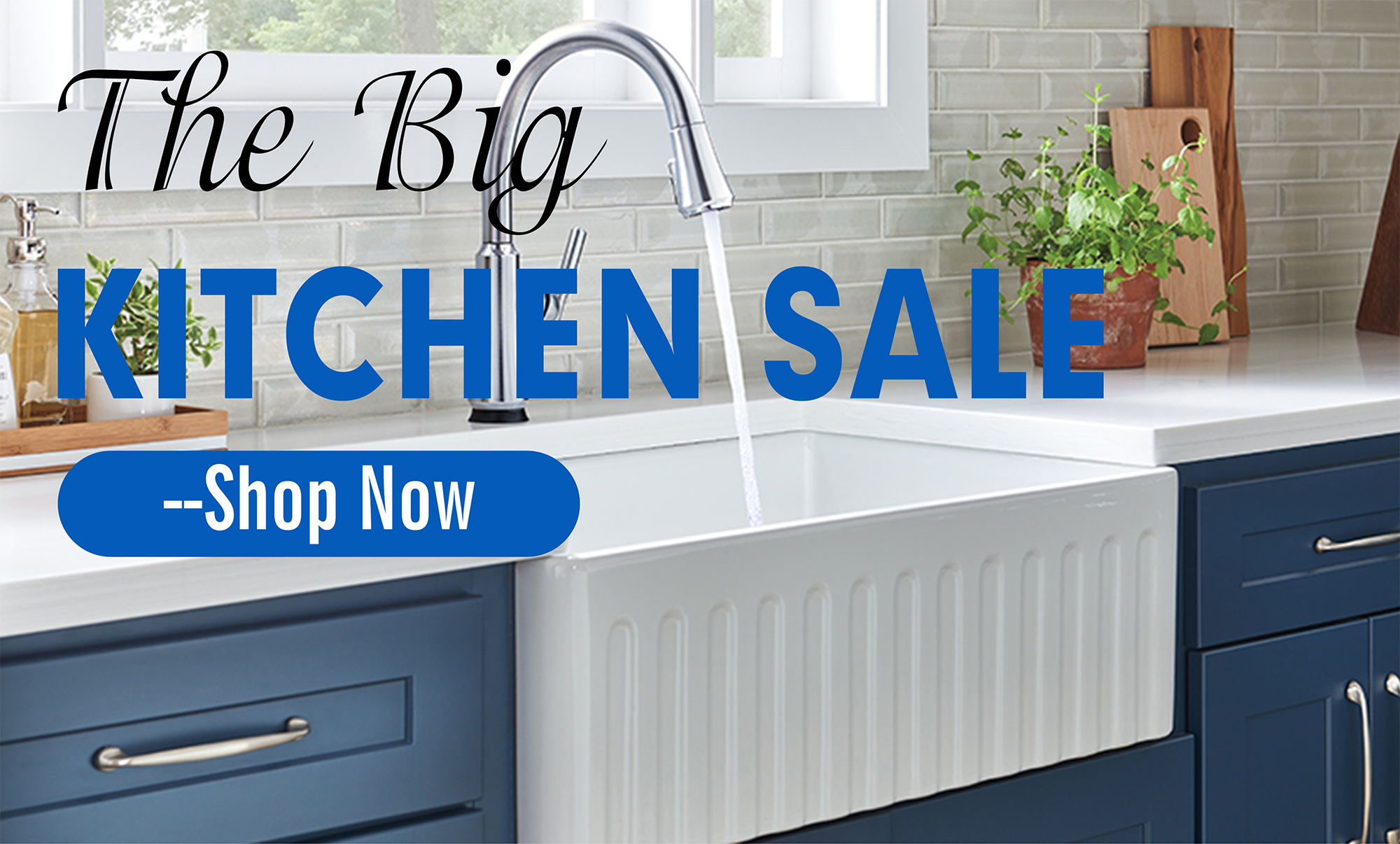



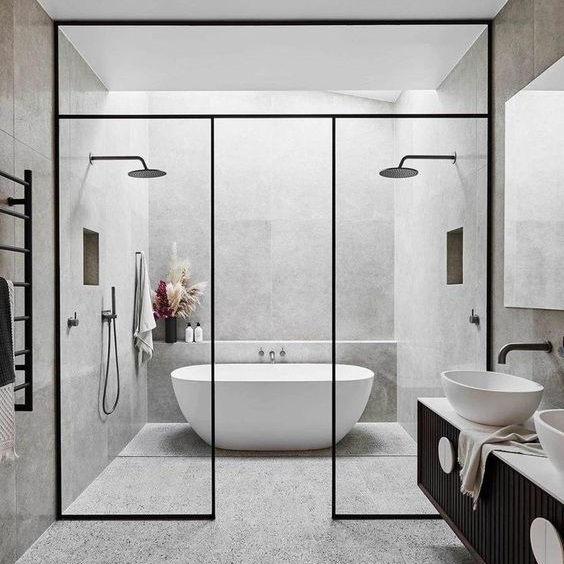
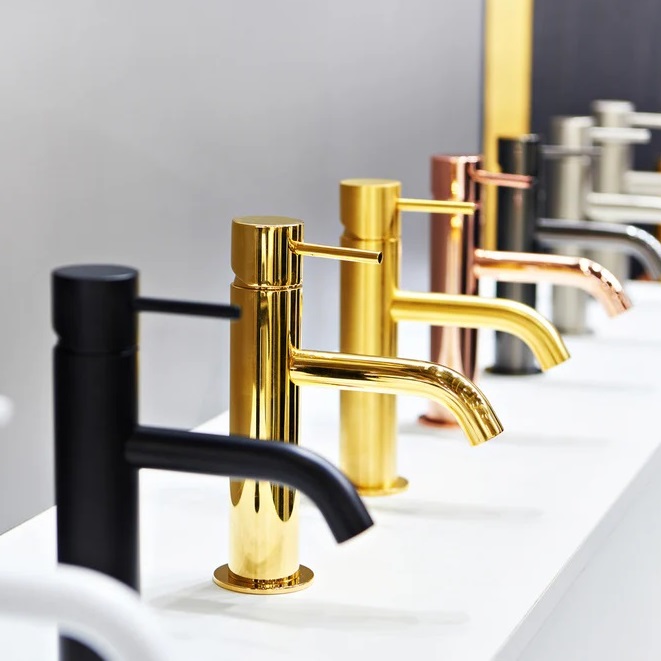
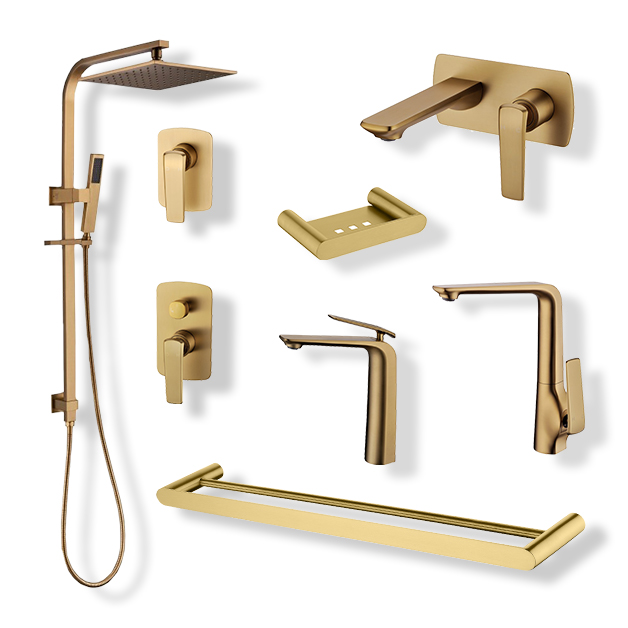


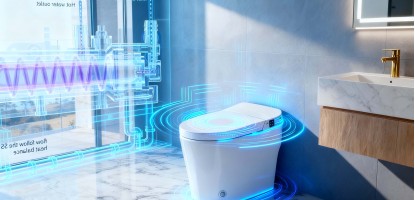
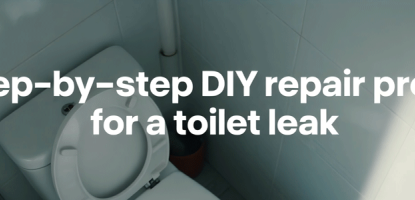

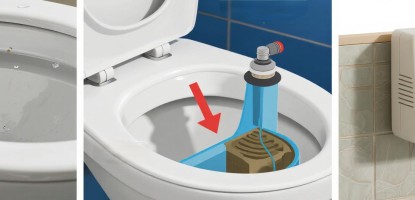
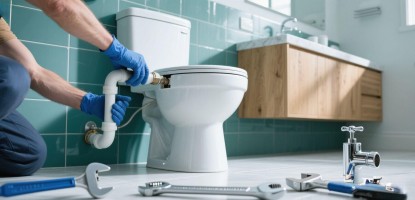
Leave a Comment